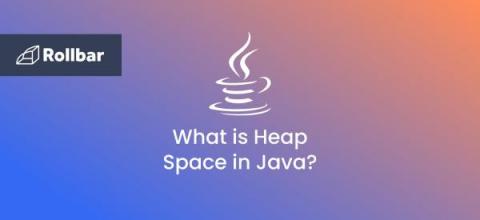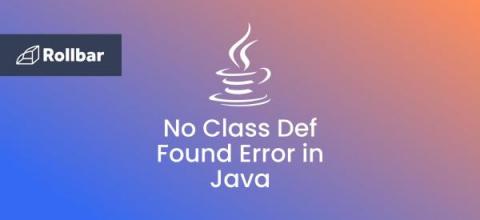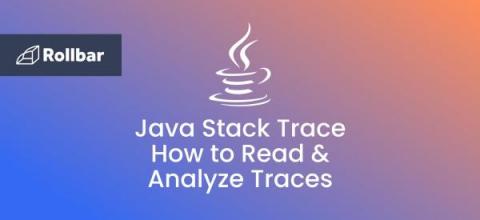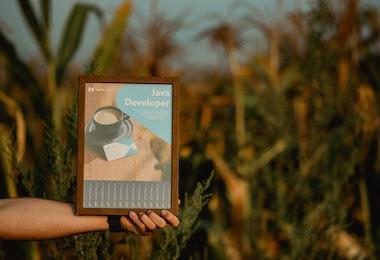Java Guide: What is Heap Space & Dynamic Memory Allocation?
To run Java applications optimally, the JVM divides memory into stack and heap memory. Whenever new variables and objects are declared, new methods are called or other similar operations are performed, the JVM designates memory to these operations from either the Stack Memory or Heap Space. Heap space is used for the dynamic memory allocation of Java objects and classes at runtime. New objects are always created in the heap space, and references to these objects are stored in the stack memory.











